How do i make my vehicle go faster?
These are the words most people working at a brick and mortar hobby shop probably hear more than any other. It seems that everyone wants to go faster. Some people just a little faster, others seemingly want to break the sound barrier. While this may seem like a fairly simple question to answer, and on the surface it is, there is much that even the most experienced enthusiast might not know. That is why we are here to help. Not only do we here at RC Driver want you to make your radio control vehicle go fast, we want you to do it safely and to be able to figure out exactly how fast you really are going.
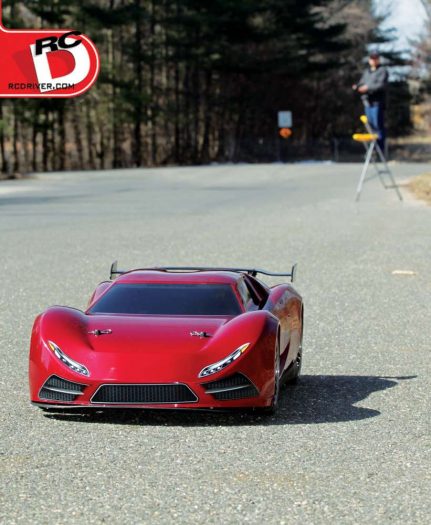
THE BASICS
Let’s start with the most obvious way to go faster, the motor. If you want to go faster, you’ll want to go with a lower turn or higher Kv motor. If you are running a brushed motor and speed control system you can go to a lower turn motor, for example from a 20-turn motor down to a 12-turn or 10-turn motor and you’ll notice a substantial jump in speed. If you’re running a brushless motor and speed control setup the upgrade is similar. For sensored systems, simply upgrade to a lower turn motor, for example from a 17.5-turn motor to a 5.5-turn motor. If running a sensorless motor and ESC you’ll want to go with a higher Kv motor; for example from a 3300Kv motor to a 5700Kv or 7700Kv motor.
Another way, and my favorite way, to go quicker is to increase battery voltage. There are two main types of battery packs to pick from, nickel based NiMH and NiCd, and lithium polymer, also known as LiPo based batteries. If using the type of 6-cell, 7.2 volt NiMH or NiCd chemistry battery packs that often come with RTR vehicles you can always gain a bit of speed by using a 7-cell 8.4 volt battery. For a little more money, opting for a 2S 7.4 volt LiPo battery pack will spin your tires faster. Want to go even faster? Then jump to my go-to pack, a 3S, 11.1 volt LiPo battery. Still not fast enough? Then you may want a 4S, 14.4 volt LiPo battery. Now remember, if you are using a 2S, 3S or 4S LiPo battery you’ll need a compatible char- ger. There are countless options on the market from reputable manufactures like Duratrax, Dynamite, Protek, Hitec and more. Remember, only brushless systems can take the power of 3S and 4S LiPo packs. Additionally, even when using brushless electronics you’ll want to make sure the motor and speed control are compatible with such extreme voltage.
Now, as mentioned above, when upgrading a motor or increasing battery voltage you’ll need to make sure your electronic speed control is compatible. My general rule of thumb is to figure out what motor and battery you want and choose an ESC that can handle that and just a bit more. I really like the RX8 Gen2 from Tekin and the Mamba Max Pro ESC and Mamba Monster from Castle Creations. All three can work with high voltage battery packs as Aftermarket ESC’s like those from Hobbywing and Castle Creations can often handle more power and do so reliably. well as large and powerful motors. An easier and less expensive way to gain some top end speed out of your vehicle is to change gearing. A larger pinion gear or smaller spur will cost less than $10 and yield good results. The drawback to this is that it takes a bit longer to get up to top speed.
PRECAUTIONS
Getting a vehicle to hit very high speeds does have a few issues, too. The first of these is tires. At 50 mph and beyond tires tend to balloon and even completely blow off of the rims. One quick and easy solution is to grab some quality CA type tire glue from a manufacturer like AKA or Pro-Line and re-glue the bead of the tire to the rim before heading out for a speed run. While this will help prevent the tires from blowing off, they will still balloon or expand, adversely impacting handling. To help with this issue I have found applying duct tape to the inside of speed run tires before gluing them on the rims works wonders.
Another issue you may face is that faster, lower turn and higher Kv motors tend to produce a great deal of heat. This is amplified when increasing battery voltage and altering gearing for speed. Whenever possi- ble I run motor a motor heatsink and cool- ing fan. These tend to be very inexpensive and help the motor run cool and efficiently. Additionally, if the ESC you happen to use does not come with a cooling fan you might want to pick one up for that too.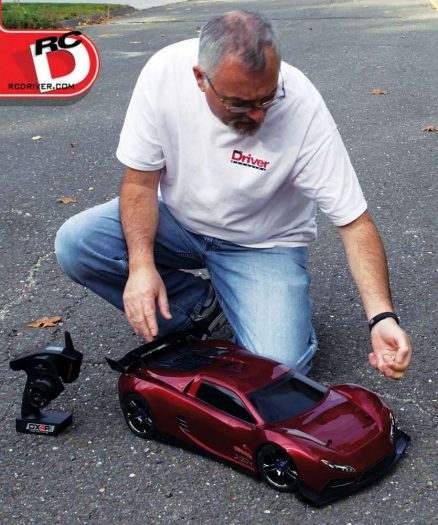
As a radio control vehicle goes faster and faster air tends to get under the body and can often cause it to flip over. This happened to me once a while back with my HPI Baja 5T. As I hit 60+ MPH the Baja kept barrel rolling due to air getting under the body. There are a few ways to help alleviate this issue such as cutting vents in the body to allow air to flow through or strategically adding weight to the chassis. I know many are thinking that adding weight will equal a slower vehicle, and to some extent that is true, but adding just enough to help keep the wheels on the ground will improve handling and make for more fun.
SAFETY FIRST
OK, so you have thoroughly prepped your vehicle for a super crazy speed run. Now what? First, pick a safe area to test. In other words, don’t try ripping up and down a busy street during rush hour. Not only will you not make any friends as you gather countless dirty looks, you’ll most likely crash your rather expen- sive vehicle, possibly into a moving full-sized car, or get run over! Find a nice quiet side street, possibly with a cul- de-sac, or better yet a nice and empty parking lot. Next, make sure no one is standing anywhere near where your car will be zipping past. You don’t want a vehicle at high speeds going out of control and darting toward exposed ankles! Whenever possible keep bystanders up on the curb and out of the way. The area I liked to stand when doing speed runs was the bed of my truck (when I had one) as I had a great view and was well out of harm’s way.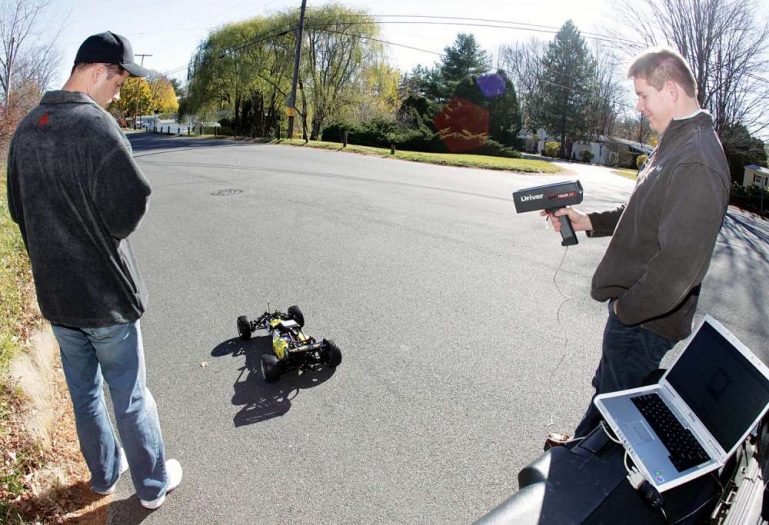
HOW FAST ARE YOU REALLY GOING?
OK, you built the car, you secured an appro- priate location and you know where every- one will be located. That is all great, but now you need an accurate way to measure how fast your speed machine is really going! There are a few ways to do this. Go get a police officer and see if he will let you bor- row his radar gun. Since I have had limited success with this, here are two other ways to measure your top speed. There is the new Dynamite GPS speed meter that installs easily and quickly into almost any vehicle. There is also the Traxxas TQi
radio system with expandable telemetry and GPS that works with a great many smartphones. Finally, you could get yourself the Traxxas DTS-1 timing system, ideal for drag racing against your friends on a “scale” quarter mile (330 feet).
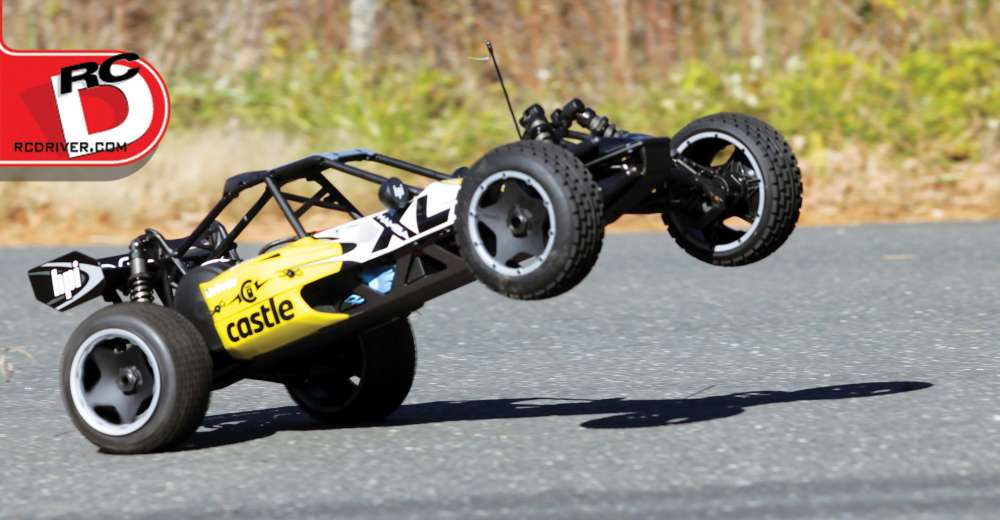
FINAL THOUGHT
I am sure that many people reading this just want to have some fun and want to go just a bit faster, others won’t be happy until their vehicle is near or at supersonic speeds and most people will fall somewhere in between. Regardless of where you fall there is a place in this great hobby for you. If you keep it up, making minor changes and modifications, you may find yourself eventually building your own custom vehicle that can someday challenge the radio controlled speed record of 202 mph held by the one and only Nic Case.
Words by Dean Berry
 RC Driver The Best In RC Car & Truck News, Reviews & Video
RC Driver The Best In RC Car & Truck News, Reviews & Video 


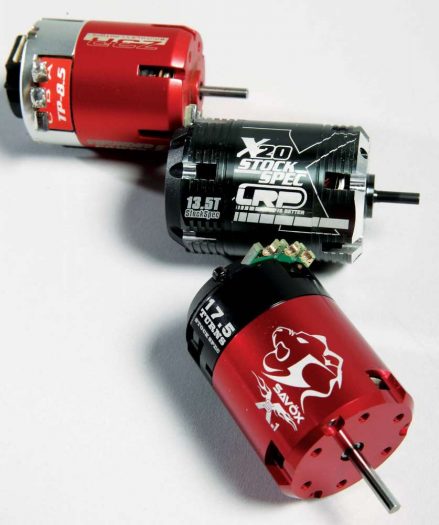
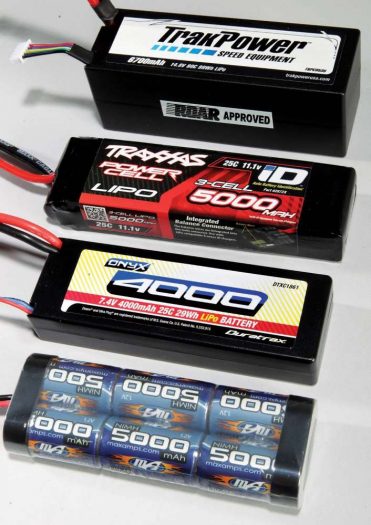
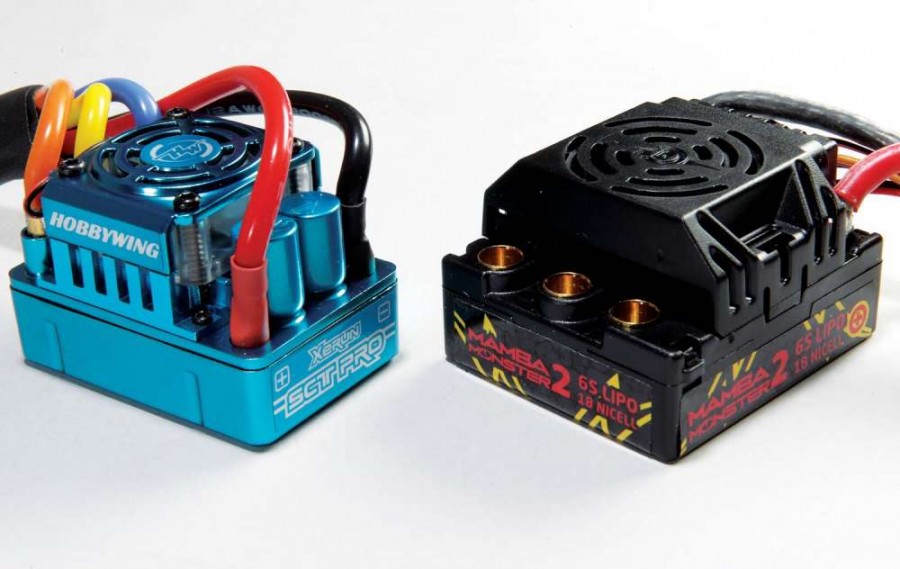
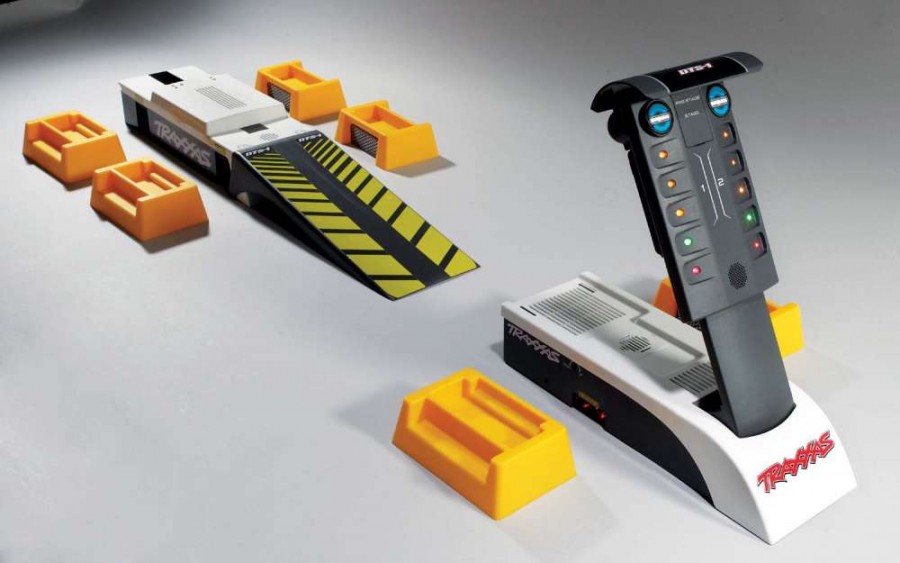
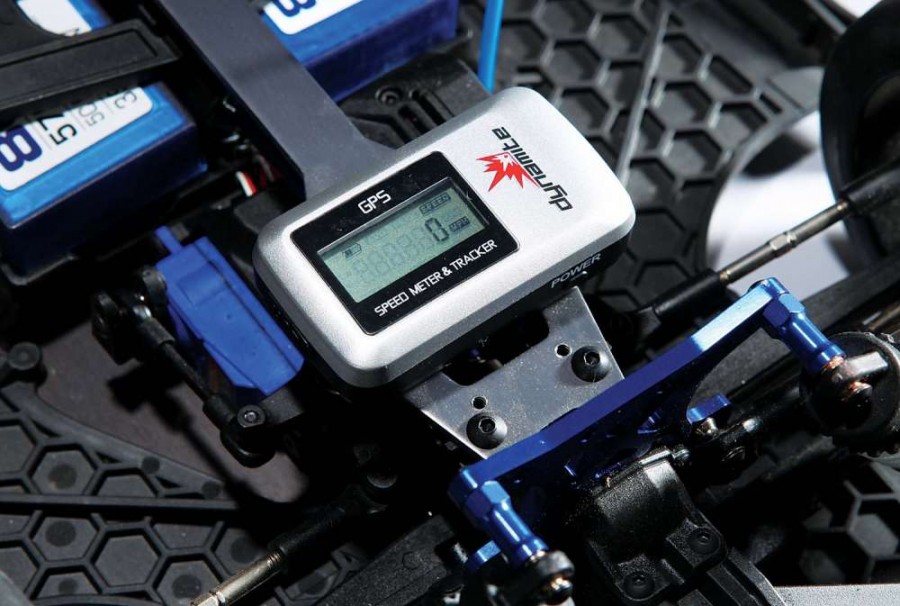






Worlds Fastest XO-1 at 155mph Worlds Fastest Traxxas RC
https://worldsfastestrc.com/worlds-fastest-rc/speedrun/traxxas-xo-1-155mph/
1/10 scale 1/4 mile is 132ft since a full 1/4 mile is 1320ft. Not sure what you’re racing that your scale quarter mile is 330ft but it would have to be a 1/4th scale which is huge!!